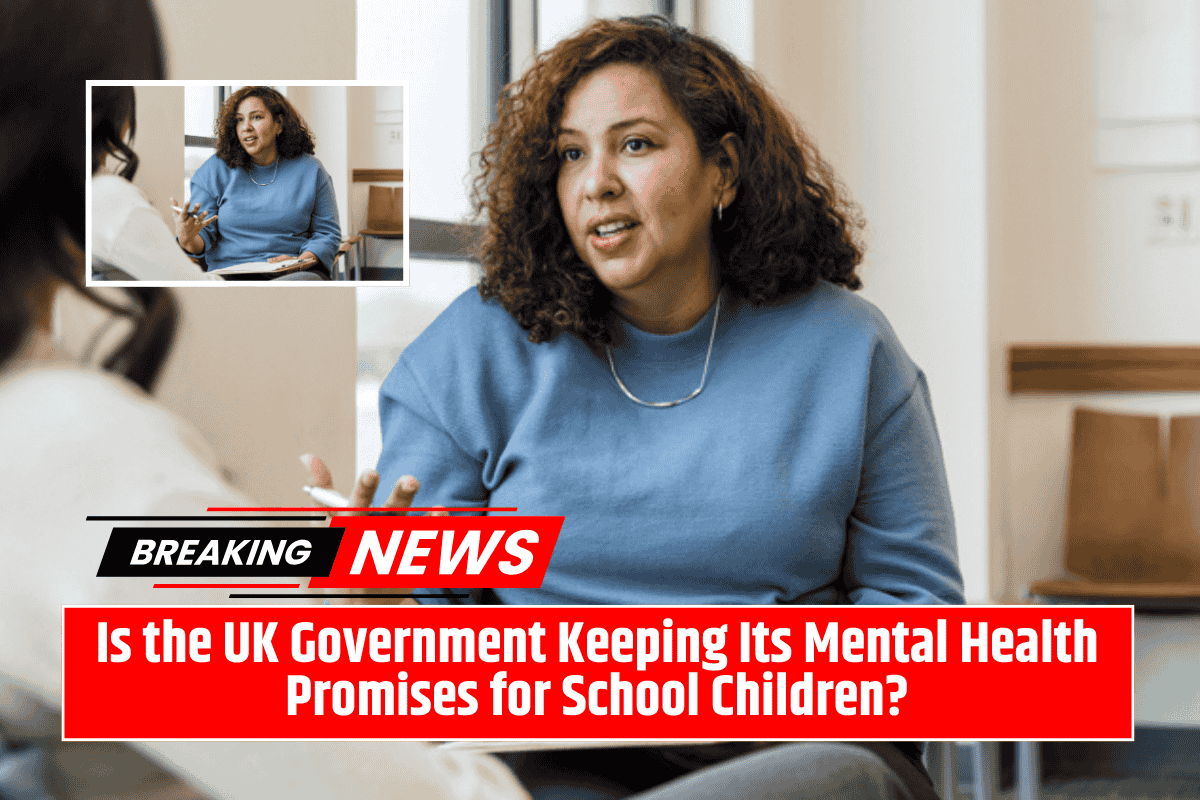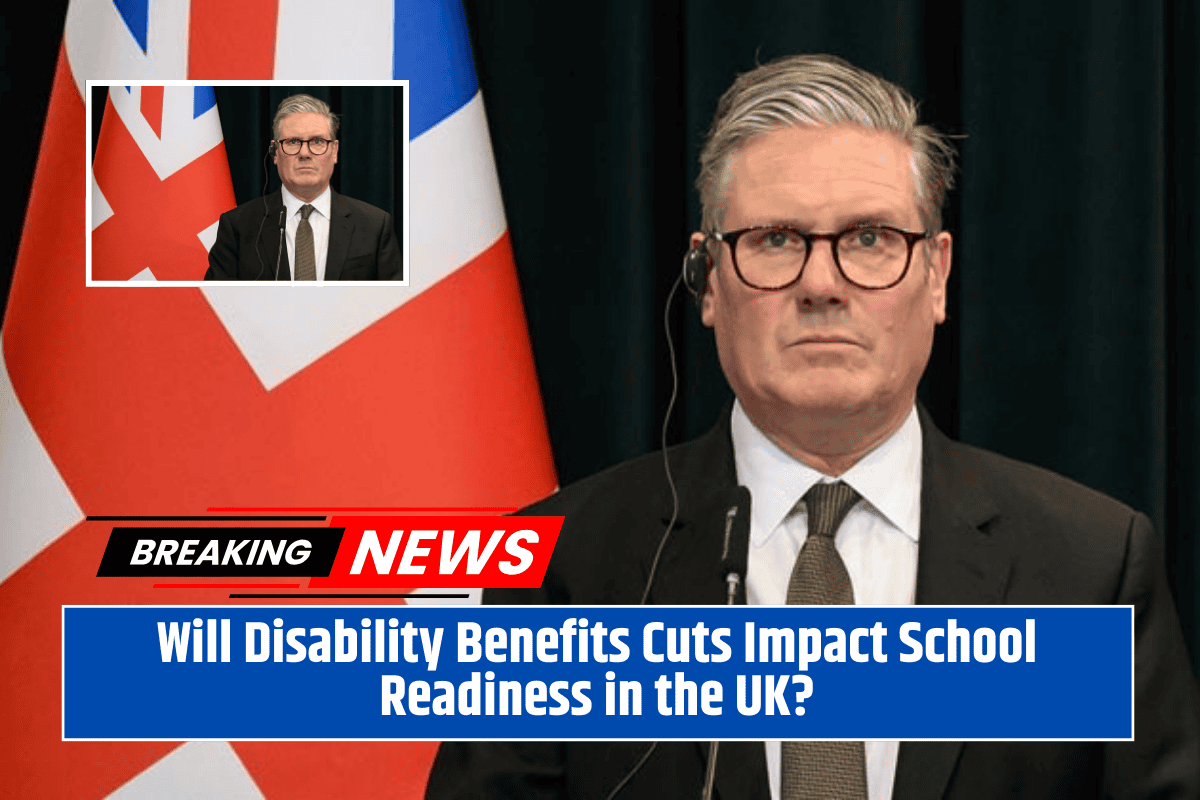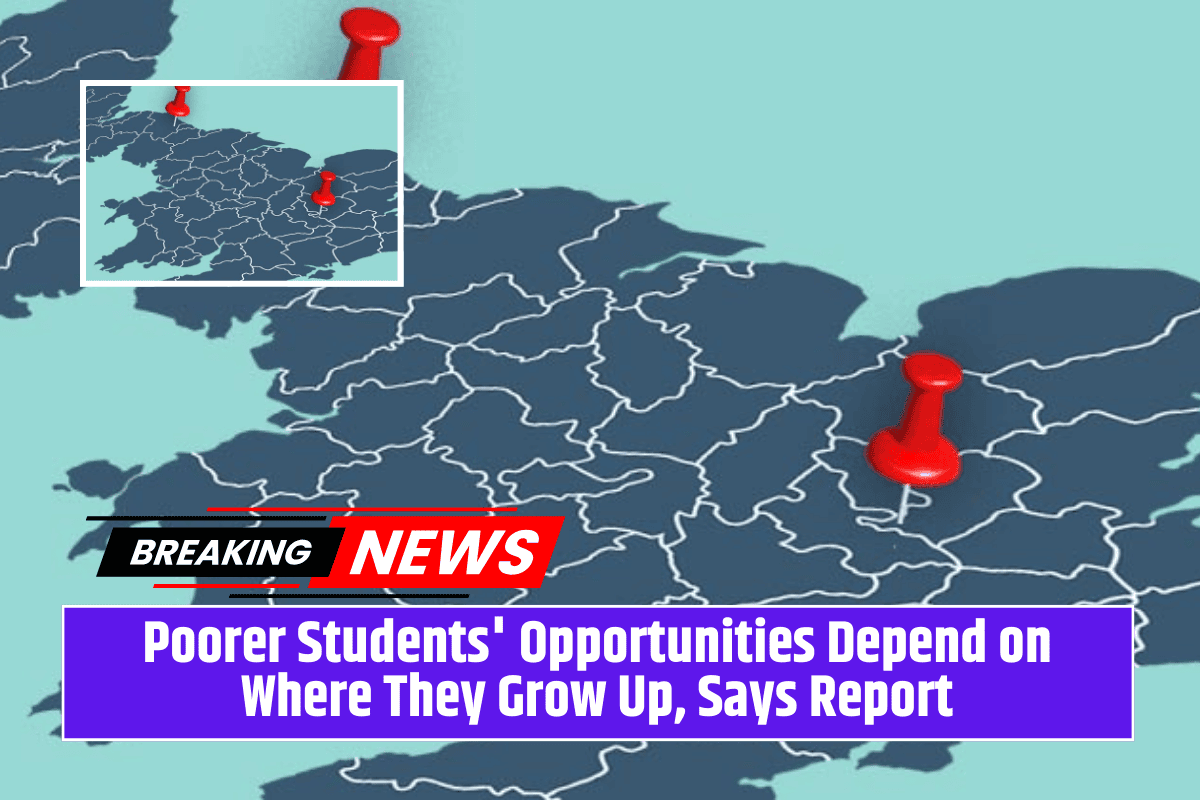The UK government has promised to improve mental health support for children and young people, especially in schools. With one million more students expected to get help this year, it sounds like progress is being made. But are they really keeping all their promises? Let’s take a closer look at what has been done so far and what still needs work.
Mental Health Professionals in Every School – But Not Yet
The government’s big promise is to provide mental health support in every school. These are specialist teams called Mental Health Support Teams (MHSTs), trained by the NHS. They help identify early signs of problems like anxiety and help students through group work or one-on-one sessions.
Right now, MHSTs cover about 50% of schools. With an extra £49 million in funding, they will expand to 60% by March 2025 – reaching about 900,000 more pupils. But the full rollout to all schools won’t happen until 2029 or 2030.
While this is a good step, charities like Place2Be say it’s not enough. They believe schools also need trained counsellors who can give deeper support for serious mental health issues.
8,500 New Staff Promised – Is That Enough?
Labour had promised to hire 8,500 new mental health staff to support both children and adults. But no clear timeline has been given for when all these workers will be in place.
The number of mental health staff has increased in recent years – from about 109,000 in 2017 to 157,000 by December 2023 – but experts say it’s still not enough. Mental health needs have gone up by more than 20% since 2016, especially among children.
The new support team staff will be part of the 8,500 count, but some people worry they are not highly trained. They only need a level three vocational qualification, which may not be enough to deal with serious problems. Experts say that professionally trained counsellors are needed, especially to reduce the burden on NHS services like CAMHS (Child and Adolescent Mental Health Services).
Waiting Times for Mental Health Help Still High
Labour has admitted that waiting times for mental health help are too long, and they want to fix it. But right now, there’s not enough public data to show clear improvement.
The Children’s Commissioner’s upcoming report will offer a better picture. But according to charity YoungMinds, the number of children waiting more than a year for mental health support rose by over 50% in just one year—from about 52,000 in 2022-23 to over 78,000 in 2023-24. This shows the crisis is still very serious.
Mental Health Hubs in Every Community – A Big Idea, But Needs Big Money
Another Labour promise is to open Young Futures hubs in every local area. These are safe spaces where young people aged 11 to 24 can get help with mental health, education, and even violence prevention.
So far, there are around 60 hubs, but they are not available everywhere. Experts say the government will need at least £169 to £210 million every year to run these hubs across the country, plus up to £121 million more just to start them.
Some experts also say it’s risky to expect children to travel to outside hubs. They believe mental health services should be inside schools, where children already feel safe and supported.
Teachers and Schools Are Under Pressure
The pressure to support students has largely fallen on schools. A survey found that 84% of teachers are spending more time helping with mental health issues than before. Many schools have fewer support services than they used to, and the Covid-19 pandemic made things worse.
An NHS study in 2023 showed that one in five children aged 8 to 16 had a likely mental health problem – much higher than in 2017.
A new report from the Department for Education even shows a direct link between mental health struggles and students missing school.
The UK government has made some progress in supporting mental health in schools, with more funding, staff, and support teams reaching thousands of children. However, promises like full coverage in every school, shorter waiting times, and community mental health hubs are still far from being fully met. For these plans to truly work, the government must invest in high-quality, easily accessible support, especially within schools. If done right, this could help create a healthier, stronger future for every child.











